Red-Bellied Lemur
- January 22, 2024
- 0 comment
The Ring-Bellied Lemur, scientifically known as Eulemur cinereiceps, is a captivating and unique primate species native to Madagascar. What sets this species apart is its striking feature – a distinctive ring-shaped pattern on its abdomen, which gives it its name. These lemurs are relatively small, with colorful eyes that come in various shades, adding to their enchanting appearance. Ring-Bellied Lemurs primarily inhabit the deciduous forests and semi-arid regions of Madagascar, showcasing their adaptability to different environments.

Overview of the Red-Bellied Lemur
They are highly social animals, living in troops led by a dominant female, known as the matriarch. Their social interactions, sunbathing rituals, and communication through vocalizations and scent marking make them intriguing subjects for study. However, these remarkable creatures face significant conservation challenges, including habitat loss due to deforestation, illegal pet trade, and the effects of climate change. Efforts to protect and conserve the Ring-Bellied Lemur are crucial to ensure the survival of this unique and enchanting species.
Species Specification
| Specification | Details |
|---|---|
| Scientific Name | Eulemur rubriventer |
| Common Name | Red-Bellied Lemur |
| Fur Color | Reddish-brown with black facial markings |
| Eye Color | Dark brown |
| Size | Approximately 40 cm (16 inches) |
| Weight | 2 to 2.5 kilograms (4.4 to 5.5 pounds) |
| Habitat | Rainforests of northeastern Madagascar |
| Social Structure | Troops of up to 15 individuals |
| Diet | Omnivorous, consuming fruits, leaves, flowers, and insects |
| Reproduction | Once a year, giving birth to a single offspring |
| Conservation Status | Near Threatened |
| Main Threats | Habitat loss, illegal pet trade, climate change |
Physical Characteristics
Colorful Eyes
Ring-Bellied Lemurs are renowned for their striking eyes, which come in a variety of vibrant colors, including orange, yellow, and green. These captivating eyes not only serve as a defining feature but also play a role in their social interactions and communication.

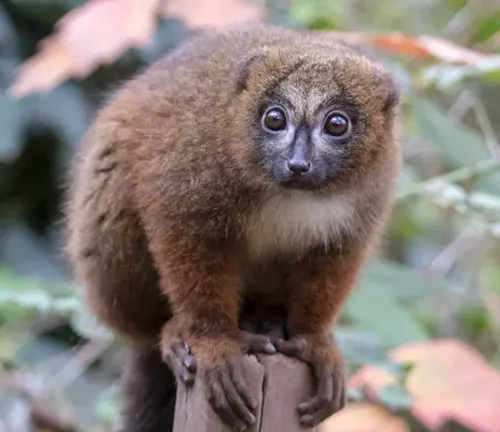
Size and Weight
These lemurs are relatively small, with an average length of about 40 centimeters (16 inches) and a weight ranging from 2 to 2.5 kilograms (4.4 to 5.5 pounds). Their compact size allows them to navigate the dense vegetation of their habitat with ease.
Habitats and Adaptations
Inhabiting Deciduous Forests
Ring-Bellied Lemurs primarily inhabit the deciduous forests of Madagascar. These forests provide them with an ideal environment, rich in diverse plant species and a wealth of food sources.


Surviving in Semi-Arid Regions
In addition to deciduous forests, Ring-Bellied Lemurs are also found in semi-arid regions. This adaptability showcases their resilience in the face of changing environmental conditions.
Social Groups
Behavior
These lemurs are highly social animals, often seen in groups or troops ranging from 5 to 25 individuals. Their social bonds are integral to their survival, as they rely on group cooperation for foraging and protection.
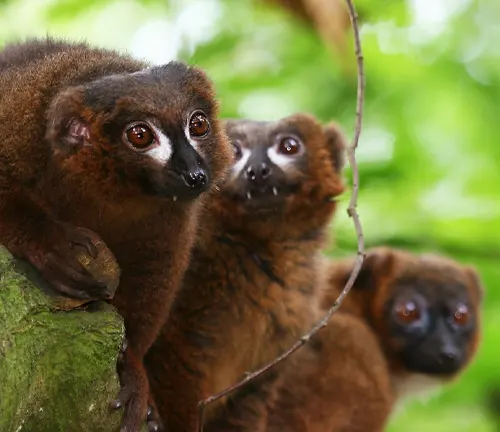
Sunbathing
One intriguing behavior exhibited by Ring-Bellied Lemurs is sunbathing. They engage in sunning themselves in the early morning to warm up and prepare for the day’s activities. This ritualistic behavior is both practical and fascinating to observe.
Communication
Communication within the troop is crucial for coordination and safety. Ring-Bellied Lemurs utilize a combination of vocalizations, body language, and scent marking to convey information and establish social hierarchies.

Matriarchal Society
Ring-Bellied Lemur troops are led by a dominant female, known as the matriarch. She plays a pivotal role in decision-making and ensuring the welfare of the group. This matriarchal structure is a unique aspect of their social dynamics.
Conservation Status
Habitat Loss
Ring-Bellied Lemurs, like many other species in Madagascar, face the dire threat of habitat loss due to deforestation. The clearing of forests for agriculture and logging is rapidly diminishing their natural habitat.

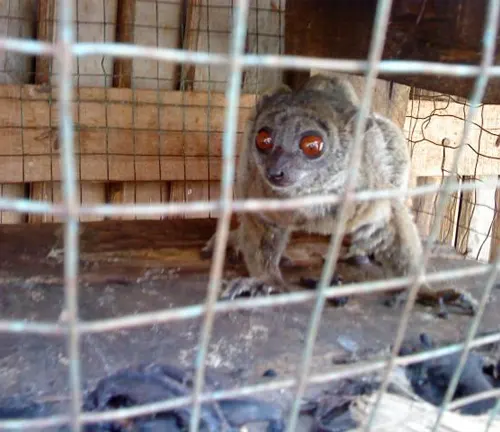
Illegal Pet Trade
Another critical concern is the illegal pet trade. These captivating lemurs are often captured and sold as exotic pets, further endangering their already vulnerable populations.
Climate Change
Climate change poses a long-term threat, impacting the availability of food and altering the delicate ecological balance of their habitats. As temperatures rise, the survival of Ring-Bellied Lemurs becomes increasingly precarious.
Different Lemur Species
Red-fronted Lemur
(Eulemur rufifrons)
Found in eastern Madagascar, this species is known for its reddish-brown fur on the face, which gives it its name.

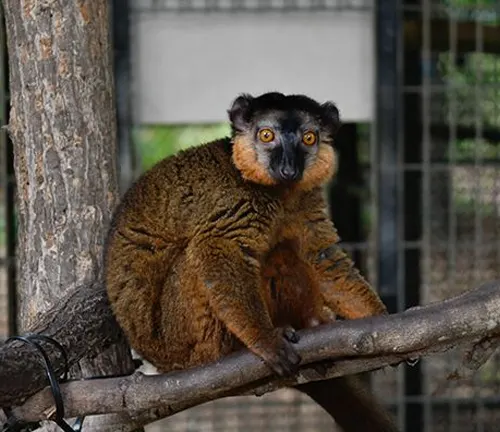
Collared Brown Lemur
(Eulemur collaris)
This lemur species is recognized by the white collar-like patch around its neck. It inhabits eastern Madagascar and has a brownish-gray fur coat.
Black Lemur
(Eulemur macaco)
The Black Lemur is found in several regions of Madagascar and exhibits sexual dimorphism with black males and reddish-brown females.
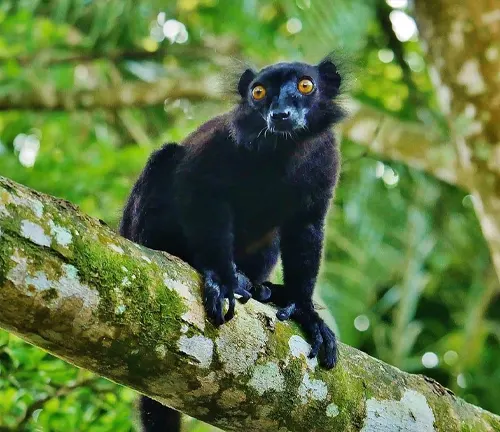

Crowned Lemur
(Eulemur coronatus)
Located in the rainforests of northern Madagascar, the Crowned Lemur features a distinctive crown-like pattern on its head.
Frequently Asked Question (FAQs)
- What is the Red-Bellied Lemur?
The Red-Bellied Lemur (Eulemur rubriventer) is a primate species native to Madagascar, known for its reddish-brown fur and striking black facial markings. - Where is the Red-Bellied Lemur found?
This species primarily inhabits the rainforests of northeastern Madagascar, with populations concentrated in reserves and national parks. - What is the significance of its reddish-brown fur?
The reddish-brown fur provides camouflage in the rainforest environment and helps the lemurs blend in with their surroundings. - How do Red-Bellied Lemurs communicate?
They use a combination of vocalizations, including calls and alarm cries, along with body language and scent marking to communicate within their troop. - What is their social structure like?
Red-Bellied Lemurs are highly social animals, living in groups or troops that can consist of up to 15 individuals. These troops often include both males and females. - What do Red-Bellied Lemurs eat?
They are omnivores, consuming a varied diet that includes fruits, leaves, flowers, and even small insects. - Are Red-Bellied Lemurs endangered?
While they are not currently classified as endangered, they are listed as Near Threatened by the International Union for Conservation of Nature (IUCN) due to threats like habitat loss. - What is their reproductive behavior like?
Red-Bellied Lemurs reproduce once a year, typically during the rainy season. Female lemurs give birth to a single offspring, which clings to their mother’s belly for the first few weeks of life. - How long do Red-Bellied Lemurs live?
In the wild, they typically have a lifespan of about 15-20 years, while those in captivity may live longer. - What can be done to help conserve Red-Bellied Lemurs?
Conservation efforts focus on preserving their rainforest habitat, combatting illegal pet trade, and addressing the broader challenges of climate change and habitat destruction.




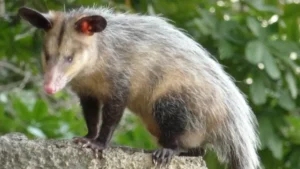



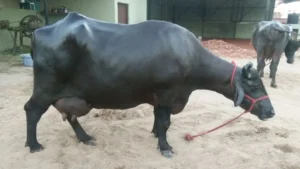

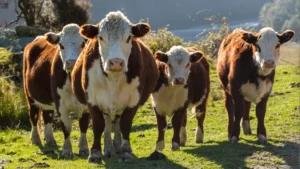
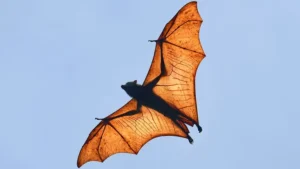

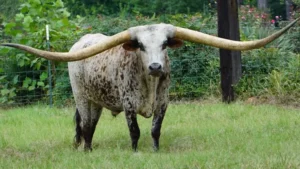
Leave your comment